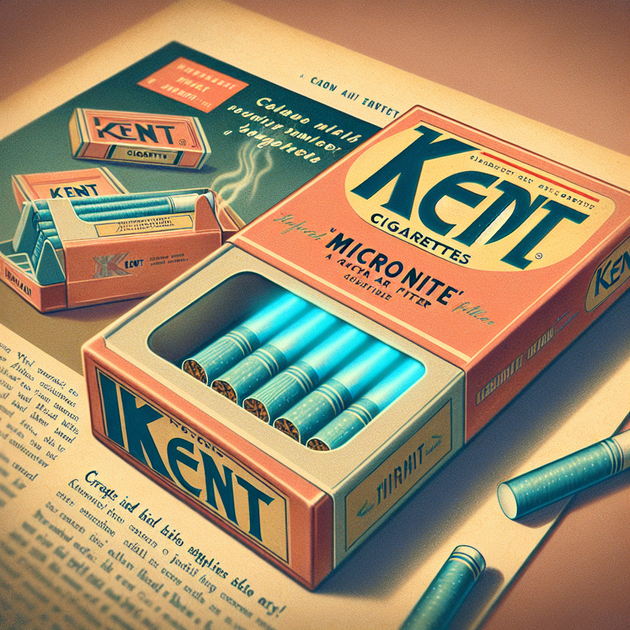What happens when a product meant to protect actually causes more harm? In the early 1950s, amid growing claims that smoking causes cancer, Kent cigarettes introduced a “safer” filtered cigarette—with a filter made from asbestos.
The Smoking and Cancer Scare of the Early 1950s
The link between smoking and cancer may seem obvious today. But back in the early 1950s, new scientific studies were just beginning to connect cigarettes and lung cancer. These findings caused panic among smokers and forced tobacco companies to rethink their products.
Cigarette sales were booming after World War II. Yet as research connecting smoking and cancer started making headlines, people began wondering whether lighting up was worth the risk. Tobacco companies faced a dilemma—how could they soothe public fears while keeping customers loyal?
Kent Cigarettes’ Asbestos Filter Solution
Enter the Kent Micronite filter. When Kent cigarettes’ asbestos filter debuted in 1952, it was marketed as a revolutionary way to reduce harmful substances inhaled during smoking. The company touted its “micronite” technology as superior protection against tar and other impurities.
What most smokers didn’t know? The main ingredient in the filter was blue crocidolite asbestos—a highly toxic material now known to cause severe lung conditions like mesothelioma (asbestos.com). At the time, awareness about the dangers of asbestos lagged far behind what we know today.
How Did This Happen?
- Lack of Regulation: There were few laws governing what materials could be used in consumer products back then.
- Poor Understanding: The health risks of both tobacco and asbestos weren’t fully understood or accepted by mainstream science or regulators.
- Marketing Pressure: With growing concern about cancer from smoking, companies were desperate for quick solutions that looked innovative—even if they weren’t properly tested.
- No Transparency: Manufacturers weren’t required to disclose all ingredients or processes used in cigarette production.
The end result? Smokers choosing “filtered” Kents believed they were safer—unaware they might be inhaling microscopic asbestos fibers along with their nicotine fix.
The Aftermath—Anecdote from a Family Memory
A neighbor once shared stories about her father’s devotion to his daily pack of Kents—believing he’d found a healthier alternative thanks to those new filters. Years later, doctors diagnosed him with asbestosis. Only much later did the family learn about the infamous asbestos filter scandal. It’s a reminder that well-intentioned “innovations” aren’t always what they seem on the surface.
Legacy of the Kent Cigarettes Asbestos Filter
The use of Kent cigarettes asbestos filters only lasted until about 1956—once evidence mounted about their danger. Still, millions had already smoked these “safer” alternatives.
- Kent wasn’t alone—other brands also experimented with unusual filtering materials during this era.
- The episode pushed regulators to take a closer look at both cigarette safety and honest advertising.
- Tobacco lawsuits involving exposure to both smoke and asbestos appeared decades later (The New York Times).
- This story is still taught today as an example of product safety gone wrong—and why transparency matters for public health.
Lessons Learned from History
- Quick fixes can backfire: Rushing out new technology without full testing can create even bigger problems down the road.
- Skepticism is healthy: Just because something is labeled “safe” or “advanced” doesn’t mean it truly is—especially when profit is involved.
- The importance of regulation: Clear rules on product safety help protect consumers from hidden dangers.
- Transparency builds trust: Companies need to be open about what’s in their products—and why.
The story of Kent’s asbestos-laced “healthier” cigarette proves that sometimes efforts to solve one risk can unwittingly introduce another—sometimes far worse than the original problem. It’s an important lesson not just for smokers but for anyone who cares about product safety today.
If you learned something surprising here—or if you have family stories from this era—what other forgotten product “innovations” do you think we should revisit?

Leave a Reply